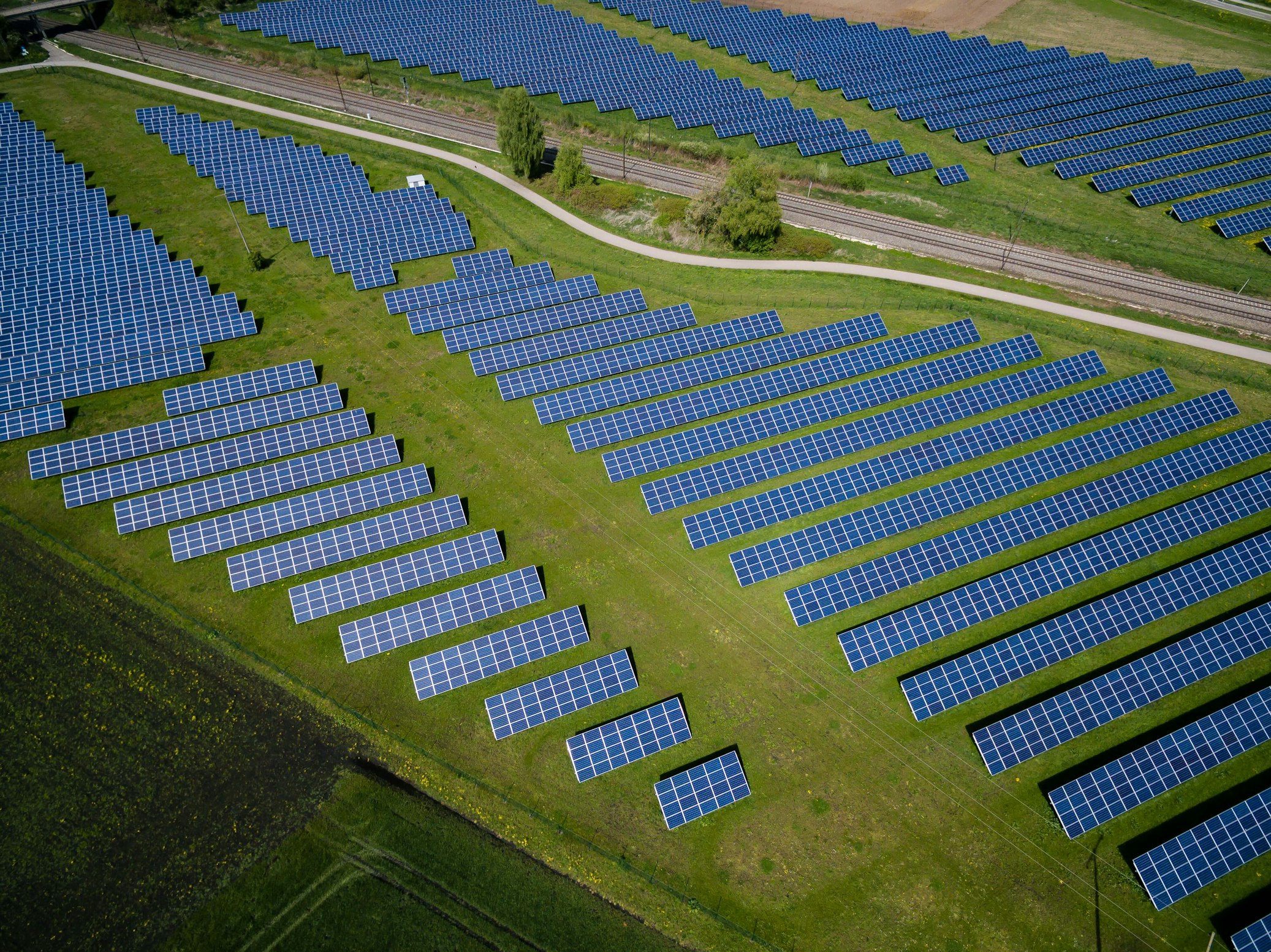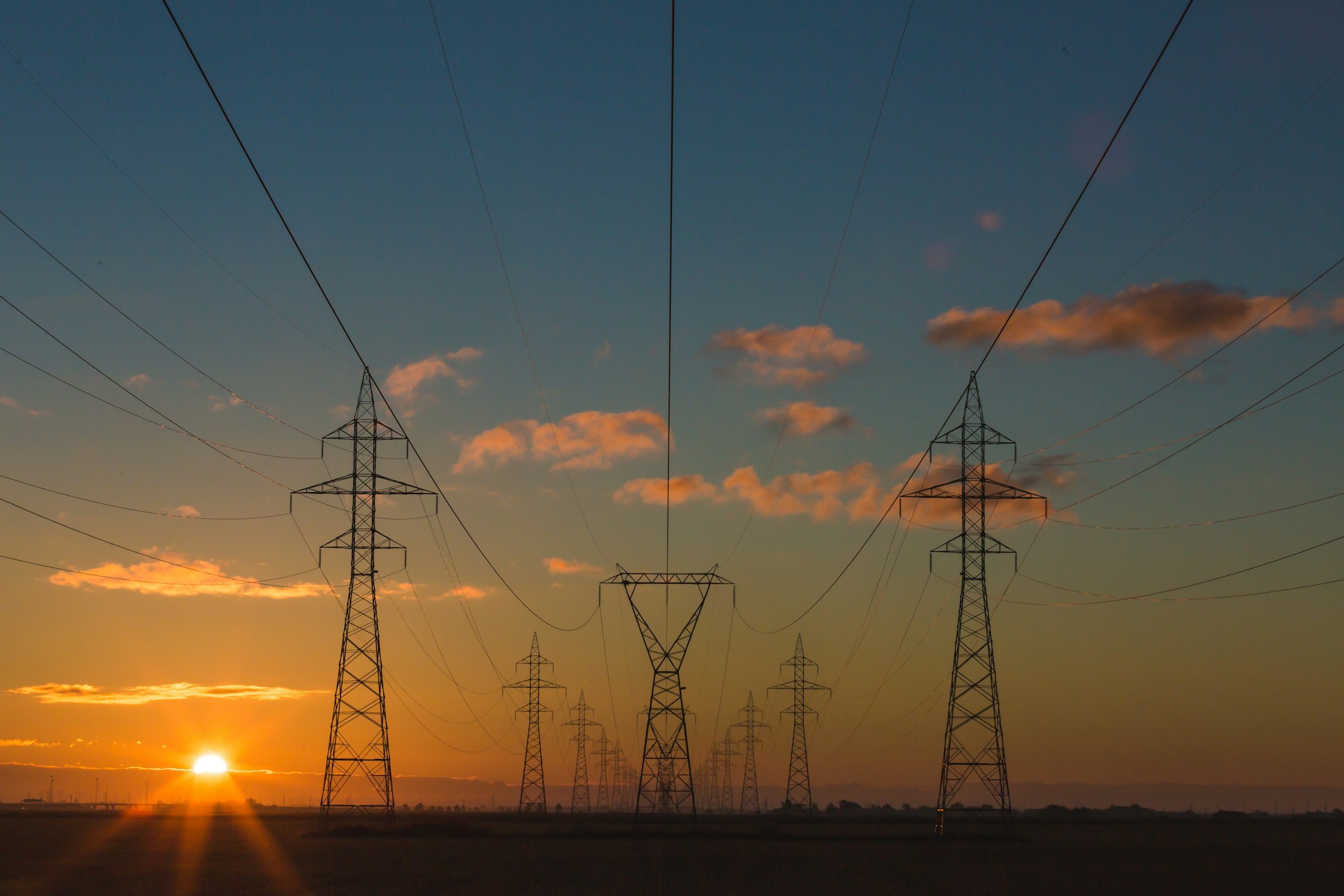Climate-Conscious AI: Sustainable Marketing in 2025

As climate concerns have moved to the forefront of consumer consciousness, the marketing industry has faced a growing challenge: how to leverage powerful AI technologies while minimizing environmental impact. In 2025, a new generation of energy-efficient AI models is helping brands reduce their carbon footprint while simultaneously improving marketing performance.
The Environmental Impact of AI Marketing
The rapid adoption of AI in marketing over the past decade has come with significant environmental costs. Training large AI models has traditionally required enormous computing resources, with the carbon footprint of developing a single advanced AI system equivalent to the lifetime emissions of five average cars.

"The marketing industry's AI usage has historically been quite energy-intensive," explains Dr. Elena Chen, Director of Sustainable Computing at the Climate Tech Institute. "From training recommendation engines to generating content to running complex predictive models, marketing AI has been a significant contributor to tech's carbon footprint."
This environmental impact has become increasingly problematic as consumers have grown more environmentally conscious. A recent global survey found that 78% of consumers consider a brand's environmental practices when making purchasing decisions, with 42% saying they've stopped purchasing from brands they perceive as environmentally irresponsible.
The Rise of Climate-Conscious AI
In response to these challenges, a new generation of climate-conscious AI technologies has emerged. These systems are designed from the ground up to minimize energy consumption while maintaining or even improving performance.
1. Energy-Efficient Model Architectures
The latest AI models use architectural innovations that dramatically reduce computational requirements. Techniques like sparse attention mechanisms, knowledge distillation, and neural architecture search have created models that require just 15-20% of the computing resources of their predecessors.
"We've completely reimagined how AI models are structured," says Marcus Williams, Chief AI Scientist at GreenAI. "Rather than simply scaling up existing architectures, we've developed new approaches that target exactly the computations needed for specific marketing tasks, eliminating unnecessary processing."
2. Renewable-Powered AI Infrastructure
Leading AI providers now offer "green compute" options that run exclusively on renewable energy. These services automatically schedule intensive AI workloads during periods of peak renewable energy availability and provide detailed carbon footprint reporting.
"Our marketing AI infrastructure now runs on 100% renewable energy," notes Sarah Johnson, Sustainability Director at GlobalBrand. "We've partnered with cloud providers that guarantee renewable power sources and optimize our AI workloads to run during optimal energy windows."

3. Carbon-Aware AI Operations
Beyond model architecture and infrastructure, the way AI systems are operated has also evolved to minimize environmental impact. Carbon-aware AI operations automatically adjust their behavior based on real-time carbon intensity data from power grids.
"Our marketing AI platform continuously monitors the carbon intensity of the electrical grid and adjusts its operations accordingly," explains James Chen, CTO at EcoMarketing. "For non-urgent tasks like training new models or generating batch content, the system automatically delays processing until periods of low carbon intensity, typically when renewable energy is abundant."
Benefits Beyond Sustainability
Interestingly, the shift to climate-conscious AI has delivered benefits beyond environmental impact. Many organizations report that their energy-efficient AI models actually outperform their predecessors in key marketing metrics.
1. Improved Precision
Energy-efficient models are designed to be more focused and precise, eliminating unnecessary computations. This architectural discipline often translates to more precise marketing outcomes, with less noise in predictions and recommendations.
"Our new energy-efficient recommendation engine has improved conversion rates by 23% compared to our previous system," reports Maria Garcia, Digital Marketing Director at RetailNova. "The more focused architecture seems to produce more relevant recommendations with less noise."
2. Faster Response Times
Lightweight, efficient AI models typically deliver faster response times, improving customer experience for real-time marketing applications like chatbots, personalization engines, and dynamic content optimization.
"Our climate-conscious AI chatbot responds in under 100 milliseconds, compared to 500+ milliseconds with our previous system," notes Thomas Lee, Customer Experience Lead at ServicePro. "This improvement in response time has increased customer satisfaction scores by 18%."
3. Edge Deployment Capabilities
Energy-efficient AI models can often run directly on edge devices—from in-store displays to mobile phones—rather than requiring cloud computing resources. This enables new marketing use cases while further reducing energy consumption by eliminating data transfer.
"We can now run sophisticated personalization algorithms directly on our in-store digital displays," explains David Park, Retail Innovation Director at FashionForward. "This allows us to deliver highly personalized experiences without sending customer data to the cloud, improving both privacy and energy efficiency."
Implementing Climate-Conscious AI in Your Marketing
For organizations looking to reduce the environmental impact of their AI marketing, there are several practical steps to consider:
1. Audit Your Current AI Carbon Footprint
Begin by assessing the environmental impact of your current AI marketing systems. Several tools now exist to estimate the carbon footprint of AI workloads based on model size, computing resources, and energy sources.
2. Prioritize Efficient Models
When selecting AI vendors or developing custom solutions, prioritize energy efficiency alongside performance metrics. Request information about model architecture, computing requirements, and carbon footprint.
3. Choose Green Cloud Providers
Select cloud providers that offer renewable energy options and carbon-aware computing features. Many leading providers now offer detailed sustainability reporting and tools to optimize workloads for minimal environmental impact.
4. Implement Carbon-Aware Workflows
Design your marketing workflows to distinguish between time-sensitive AI tasks that must run immediately and non-urgent tasks that can be scheduled during periods of low carbon intensity.
The Future of Sustainable AI Marketing
As we look beyond 2025, several emerging trends promise to further reduce the environmental impact of AI marketing:
- Neuromorphic Computing: AI hardware inspired by the human brain that requires orders of magnitude less energy than traditional computing architectures.
- Quantum Machine Learning: Quantum computing approaches that could solve certain AI problems with dramatically lower energy requirements.
- Carbon-Negative AI: AI systems that not only minimize their own carbon footprint but actively contribute to carbon removal through automated carbon offset purchases or direct air capture funding.
At Henson Marketing Solutions, we're committed to helping brands implement climate-conscious AI marketing strategies that deliver exceptional results while minimizing environmental impact. Our team stays at the forefront of sustainable AI technologies, ensuring our clients benefit from the latest innovations in this rapidly evolving field. Contact us to learn how your organization can embrace sustainable AI marketing in 2025 and beyond.
Ready to make your AI marketing more sustainable?
Book a consultation with our sustainability specialists to discover how climate-conscious AI can reduce your carbon footprint while improving marketing performance.
Schedule a Green AI Assessment